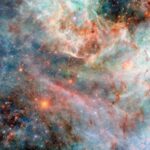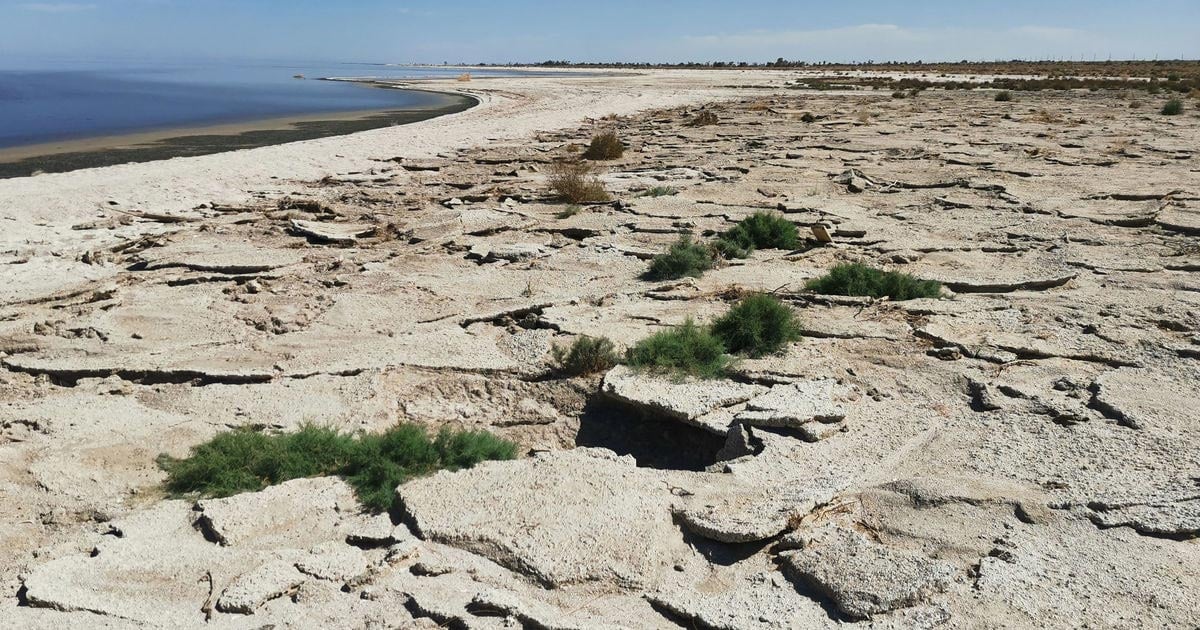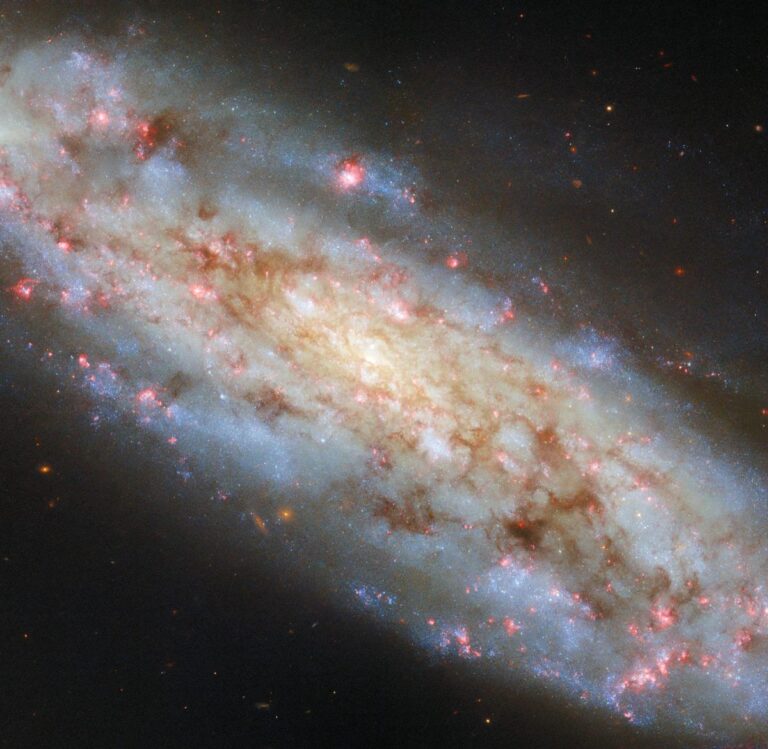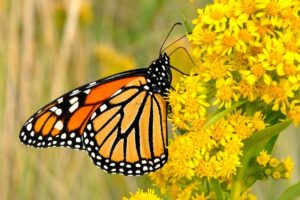The Shrinking Salton Sea: An Environmental Crisis
California’s largest lake, the Salton Sea, is facing an alarming decline, and the consequences are severe. Once a thriving body of water supporting diverse wildlife and local communities, the lake is now shrinking at an accelerated rate. As water levels drop, a cascade of environmental, economic, and health-related issues is emerging, raising concerns for residents and experts alike.
Why Is the Salton Sea Drying Up?
The Salton Sea was accidentally created in 1905 when the Colorado River flooded and filled the Salton Basin. However, it has no natural outflow, meaning it relies on agricultural runoff and occasional rainfall for replenishment. Over the years, several factors have contributed to its rapid decline:
1. Reduced Agricultural Runoff
Water conservation efforts in California have led to less irrigation runoff reaching the lake.
Farmers are using more efficient irrigation systems, reducing the inflow of water that once sustained the lake.
2. Rising Temperatures and Drought
Climate change has worsened California’s prolonged droughts, accelerating the evaporation of the lake.
Higher temperatures increase water loss, further shrinking the lakebed.
3. Water Diversion Projects
The Colorado River Water Transfer Agreement redirected water to urban areas, reducing the Salton Sea’s inflow.
As a result, the lake continues to recede, exposing toxic dust and altering the local ecosystem.
The Startling Consequences of a Dying Lake
The drying of the Salton Sea is not just an environmental issue—it’s a public health and economic crisis with far-reaching consequences.
1. Toxic Dust Storms and Health Hazards
As the lakebed dries up, arsenic, selenium, and other toxic chemicals are released into the air.
Wind carries this dust to nearby communities, increasing cases of asthma, respiratory diseases, and cardiovascular problems.
Studies have linked the decline of the Salton Sea to worsening air quality in Imperial and Riverside counties.
2. Loss of Wildlife and Ecosystem Collapse
The lake was once home to over 400 bird species, making it a critical stopover for migratory birds.
As water levels drop, fish populations decline, leading to mass die-offs and disrupting the food chain.
Species like the brown pelican and Yuma clapper rail are now at risk due to habitat loss.
3. Economic and Agricultural Impact
Tourism and fishing industries, once thriving, have collapsed due to the deteriorating conditions.
Property values in nearby communities are plummeting as air pollution and environmental risks increase.
Farmers in the region are facing water shortages, impacting crop production and agricultural jobs.
Can the Salton Sea Be Saved?
Efforts to restore the Salton Sea have been slow and underfunded, but there are potential solutions:
1. Water Restoration Projects
Colorado River water agreements could be revisited to allow more water flow into the lake.
Some proposals suggest bringing in ocean water from the Gulf of California to stabilize the lake’s levels.
2. Dust Suppression and Land Management
Officials are exploring ways to cover exposed lakebeds with vegetation or alternative methods to reduce dust storms.
Wetland restoration projects aim to create habitats for migratory birds while reducing air pollution.
3. Renewable Energy and Economic Revitalization
The region has potential for geothermal energy projects, which could provide economic benefits while supporting conservation.
Investing in eco-tourism and wildlife conservation could help revive local communities.
The Urgent Need for Action
The Salton Sea’s decline is a pressing environmental disaster that demands immediate attention. Without bold policies, innovative solutions, and increased funding, California’s largest lake could become a toxic wasteland, harming people, wildlife, and the economy.
With climate change and water scarcity becoming global challenges, the fate of the Salton Sea serves as a warning sign for similar ecosystems worldwide. It’s time for California and federal agencies to act before the consequences become irreversible.

















+ There are no comments
Add yours